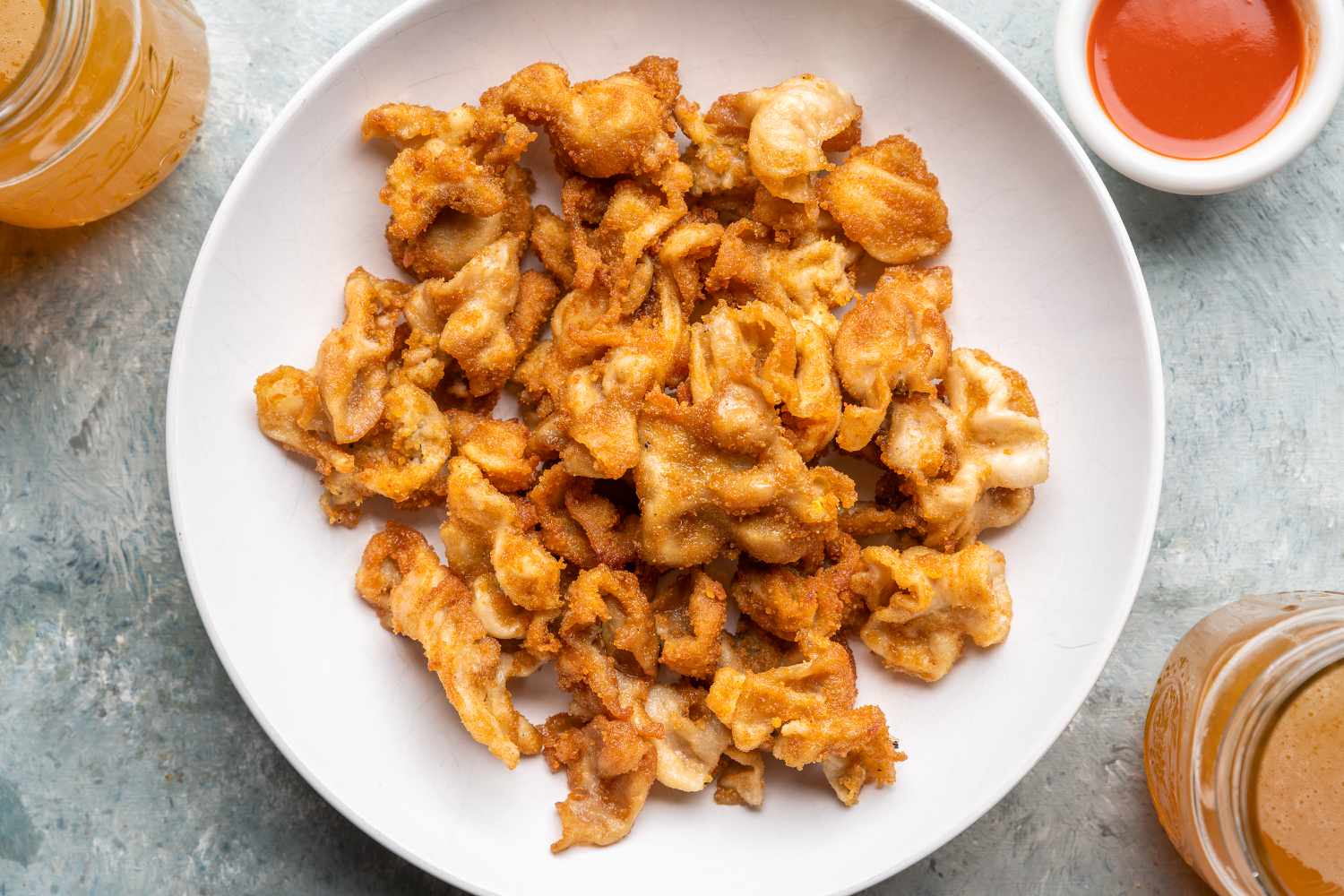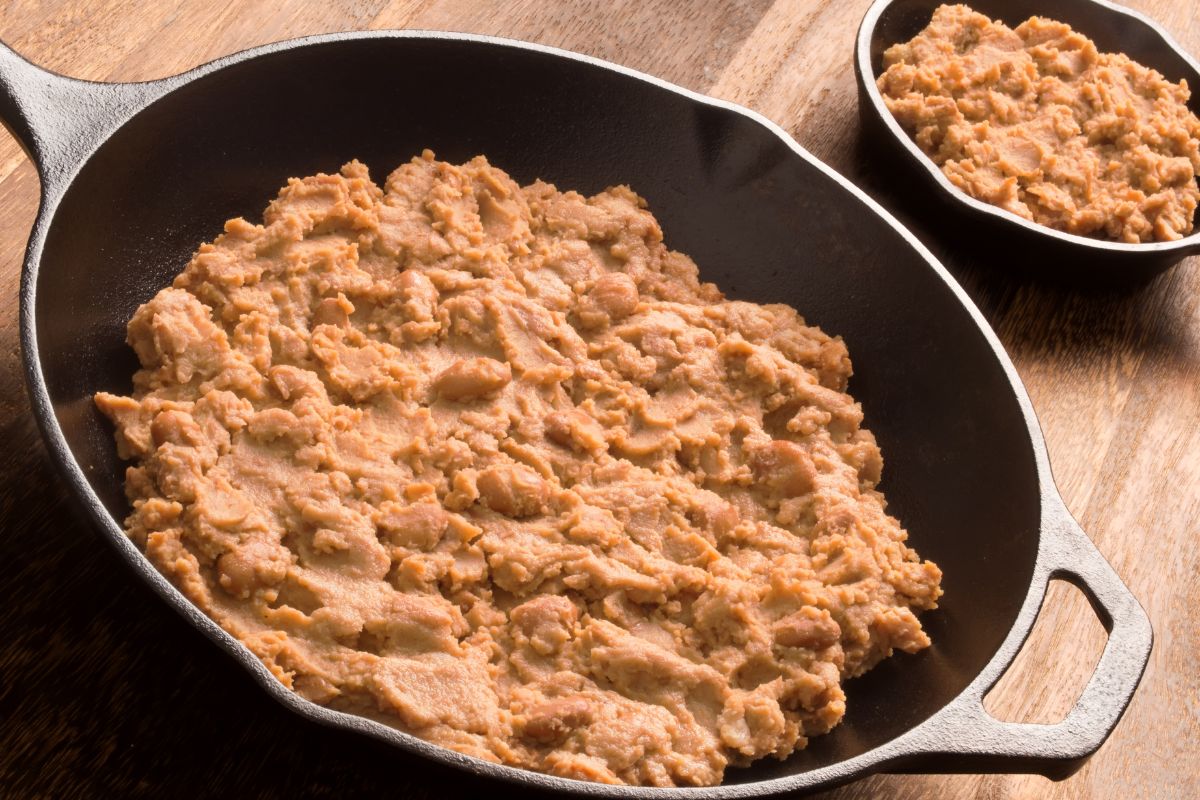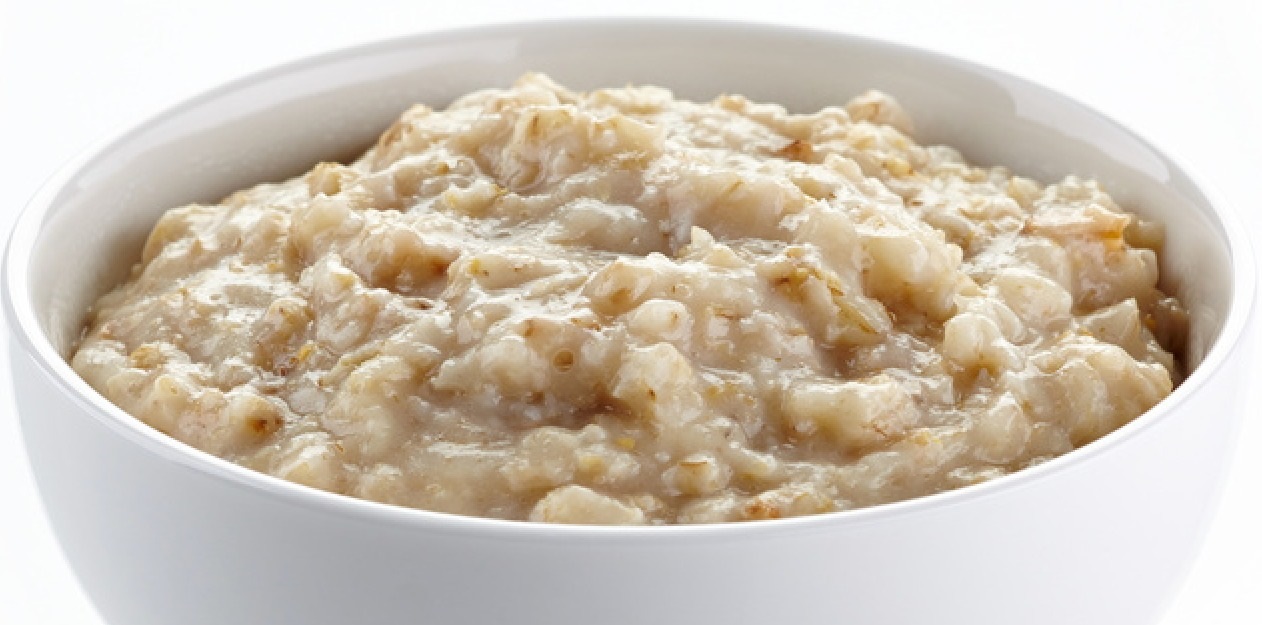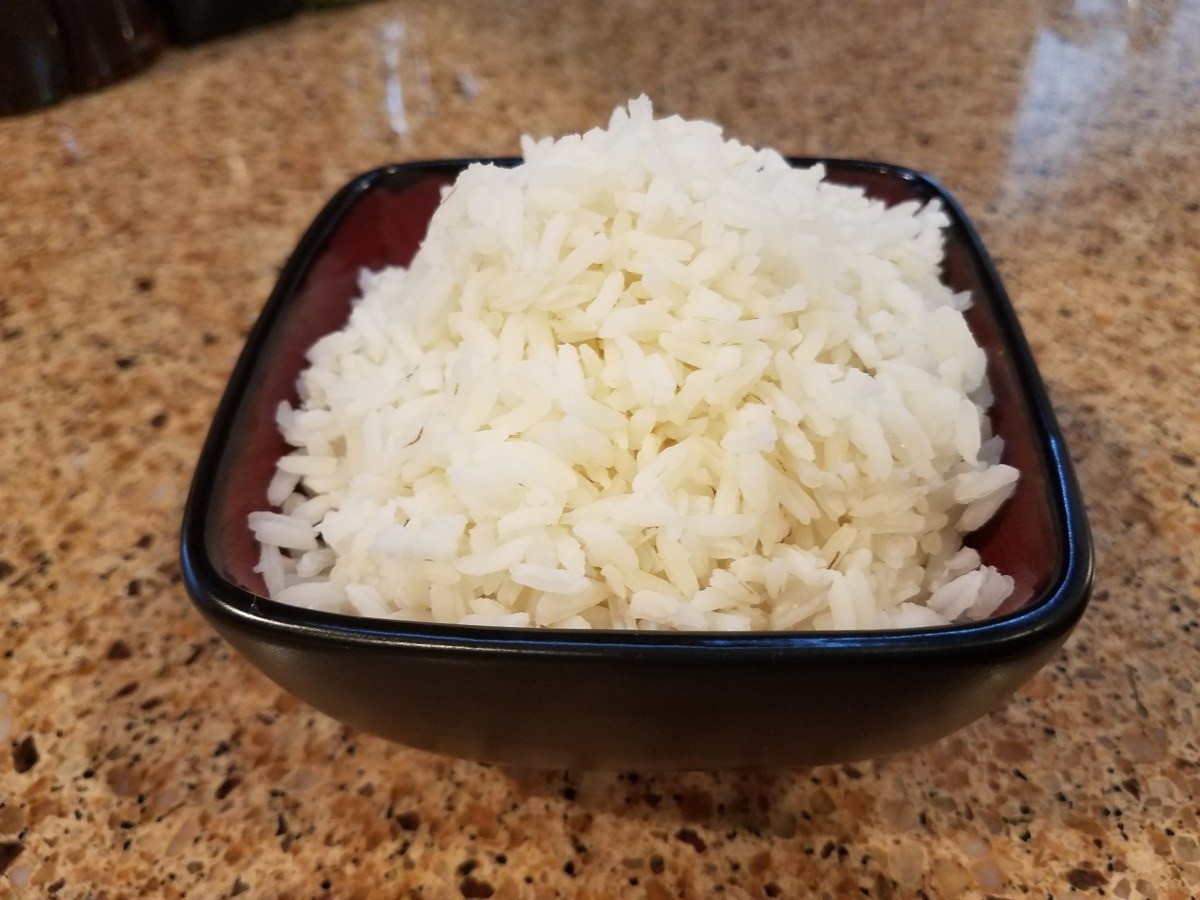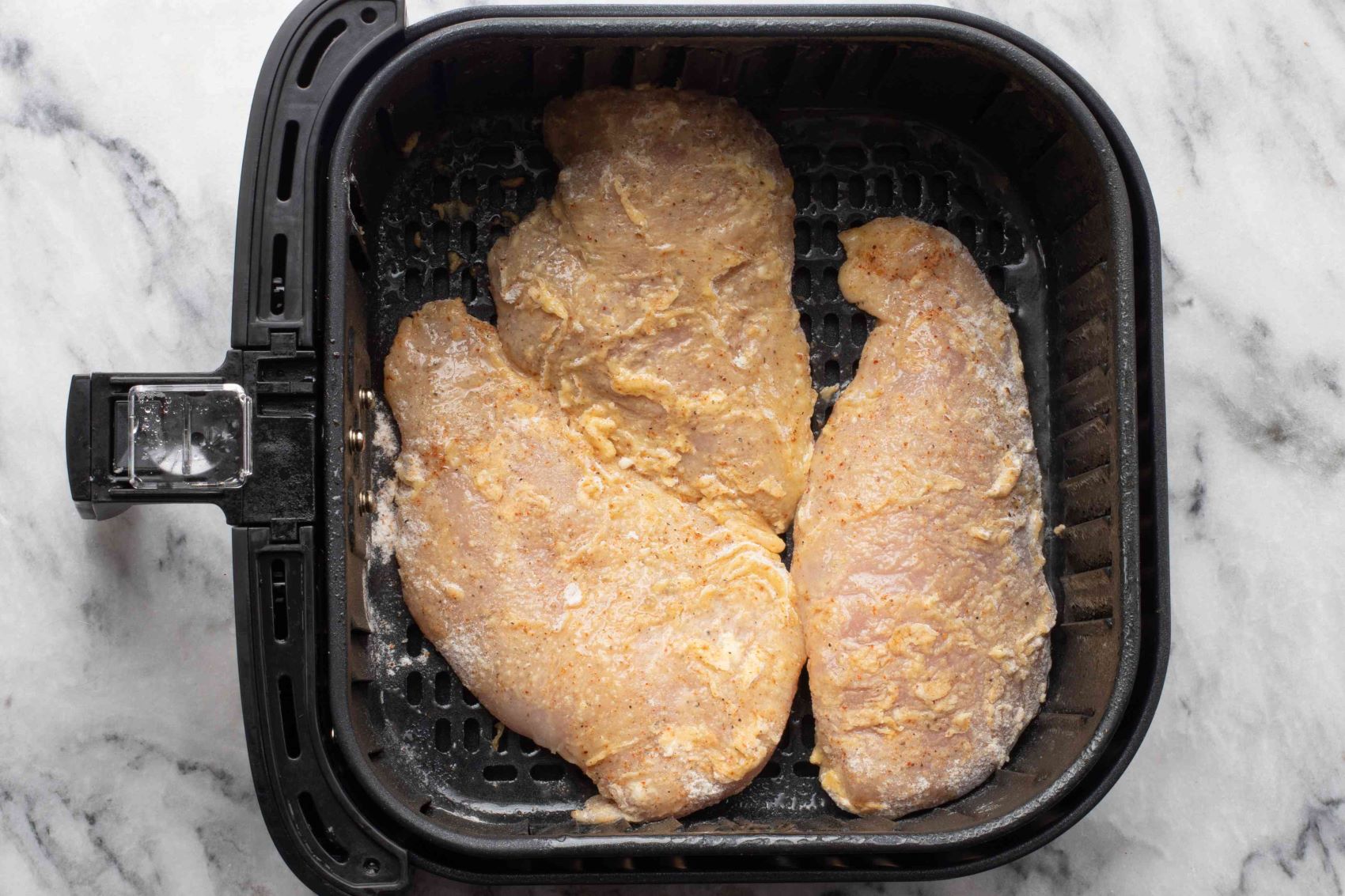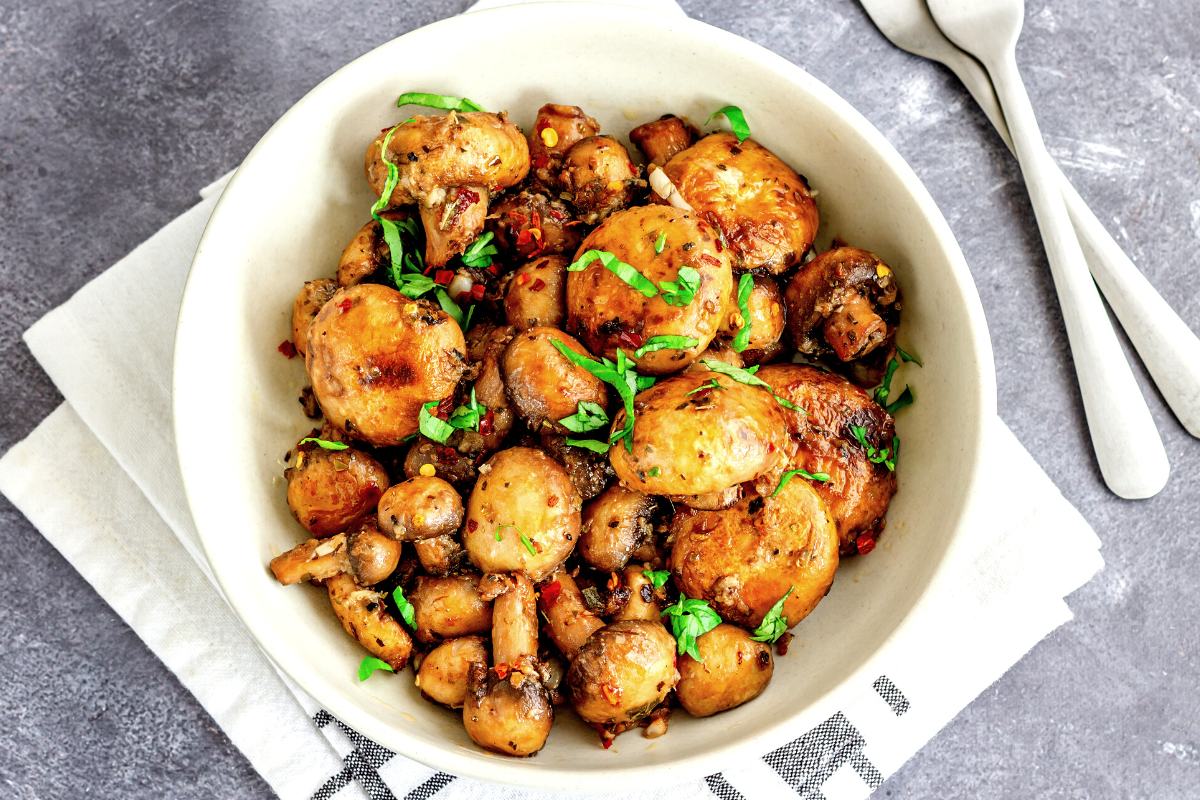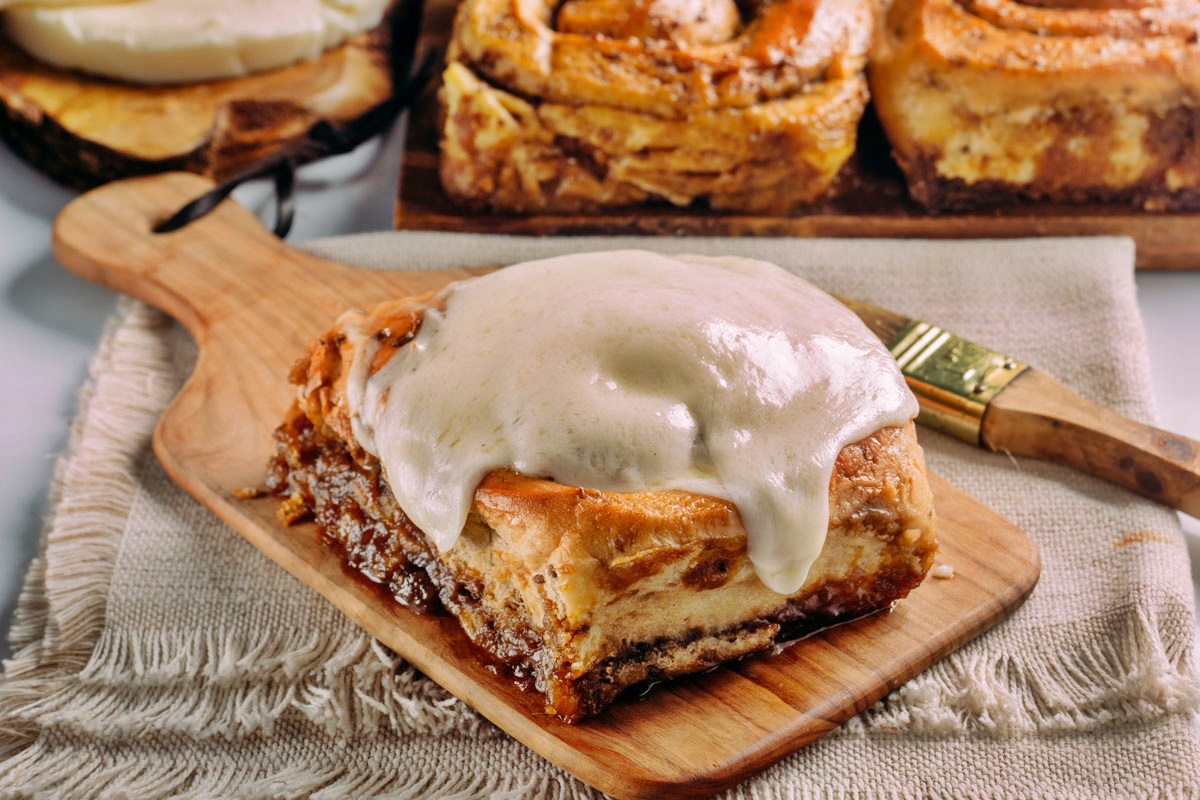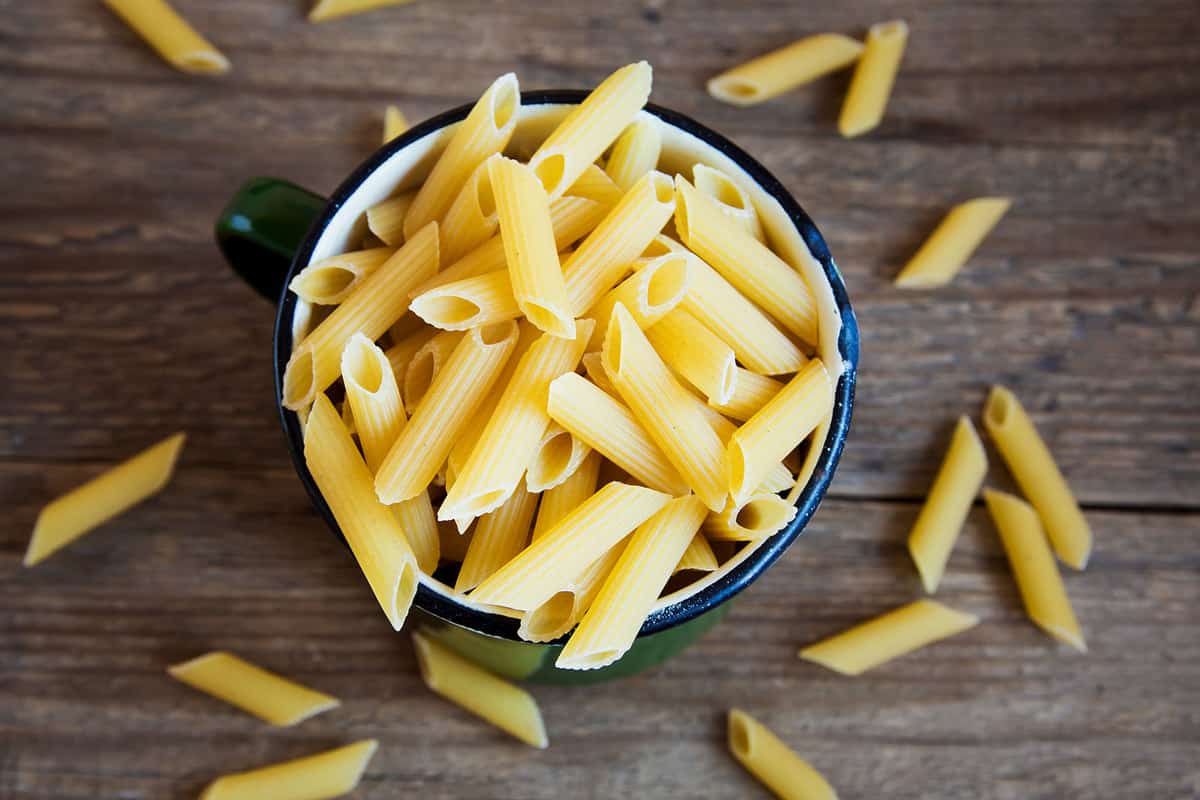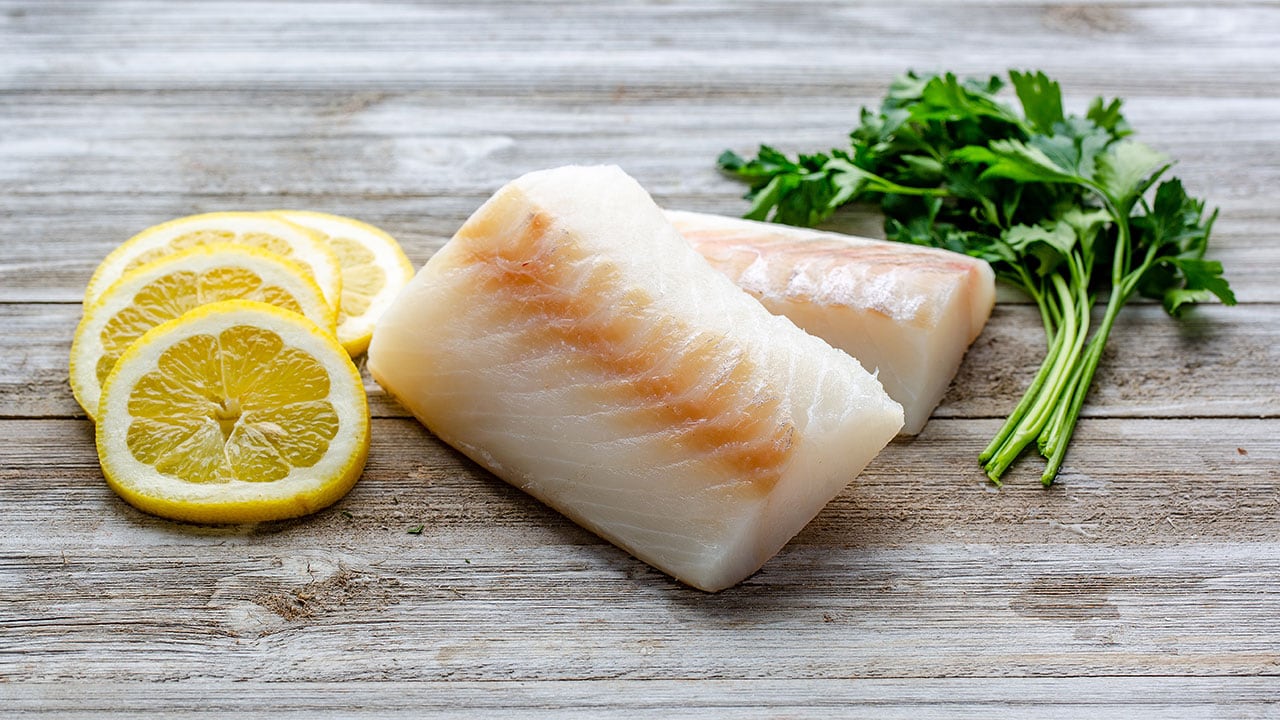How To Cook Shredded Potatoes: A Delicious and Versatile Dish
Shredded potatoes are a versatile ingredient that can be used in a variety of dishes, ranging from hash browns and latkes to potato pancakes and even as a topping for casseroles. Not only are they easy to prepare, but they also add a delightful crunch and flavor to any meal. In this blog post, we will guide you through the process of cooking shredded potatoes to perfection.
1. Choose the Right Potato Variety
When it comes to shredded potatoes, not all potato varieties are created equal. Russet potatoes are commonly used due to their high starch content and dry texture, making them ideal for achieving crispy results. However, you can also opt for Yukon Gold or Idaho potatoes, which have a slightly higher moisture content and produce a softer, more tender texture when cooked.
2. Prep and Rinse the Potatoes
Start by peeling the potatoes to remove the skin. Then, using a grater or a food processor with a shredding disc attachment, shred the potatoes into thin, even strands. Make sure to rinse the shredded potatoes in cold water to remove excess starch. This step will help prevent the potatoes from clumping together and promote even cooking.
3. Squeeze Out Excess Moisture
After rinsing, use a clean kitchen towel or cheesecloth to squeeze out any excess moisture from the shredded potatoes. Removing the moisture is crucial as it helps the potatoes crisp up during cooking. The drier the shredded potatoes, the crispier they will become.
4. Season and Customize
Now comes the fun part – seasoning and customizing the shredded potatoes to suit your taste. Add salt and pepper to enhance the flavor and consider incorporating other herbs and spices like garlic powder, paprika, or dried herbs such as thyme or rosemary. You can also mix in finely chopped onions or grated cheese for an extra burst of flavor.
5. Choose the Cooking Method
There are multiple ways to cook shredded potatoes, so choose the method that suits your preference:
- Pan-Frying: Heat a skillet over medium heat and add a generous amount of cooking oil or melted butter. Form the shredded potatoes into small patties and cook for 3-4 minutes per side until golden brown and crispy.
- Oven-Baking: Preheat the oven to 400°F (200°C). Spread the shredded potatoes on a baking sheet lined with parchment paper. Drizzle with oil and seasonings, then bake for approximately 20-25 minutes, flipping once, until they turn golden brown and crispy.
- Deep-Frying: Fill a deep pot or fryer with enough oil for deep frying and heat it to 325°F (165°C). Carefully drop small batches of the shredded potatoes into the hot oil and fry until they become golden brown and crunchy, roughly 3-4 minutes. Remove with a slotted spoon and let them drain on a paper towel.
6. Serve and Enjoy!
Once cooked, transfer the shredded potatoes to a serving plate lined with paper towels to absorb any excess oil. Serve them hot and crispy as a side dish to accompany your favorite main course. Shredded potatoes are also a great addition to breakfast or brunch meals, making them a versatile ingredient that can be enjoyed any time of the day.
Now that you know how to cook shredded potatoes like a pro, get creative and experiment with different seasonings and cooking methods to create your own unique spin on this classic dish. Whether you’re making hash browns for a hearty breakfast or crispy potato pancakes for a cozy dinner, shredded potatoes are sure to earn you rave reviews for your culinary skills!
For those diving into the art of cooking shredded potatoes, there are several standout recipes to explore. The Classic Hash Browns Recipe offers a timeless approach that's perfect for breakfast or brunch. For a twist, try the Crispy Potato Latkes Recipe, which adds a bit of cultural flair. If you're in the mood for something cheesy, the Cheesy Hash Brown Casserole Recipe is a must-try. And for a hearty, savory option, the Shredded Potato and Bacon Quiche Recipe is sure to impress. These recipes not only utilize shredded potatoes in delightful ways but also provide a range of flavors and textures to enjoy.
Was this page helpful?
Read Next: How To Cook Soft Carrots

